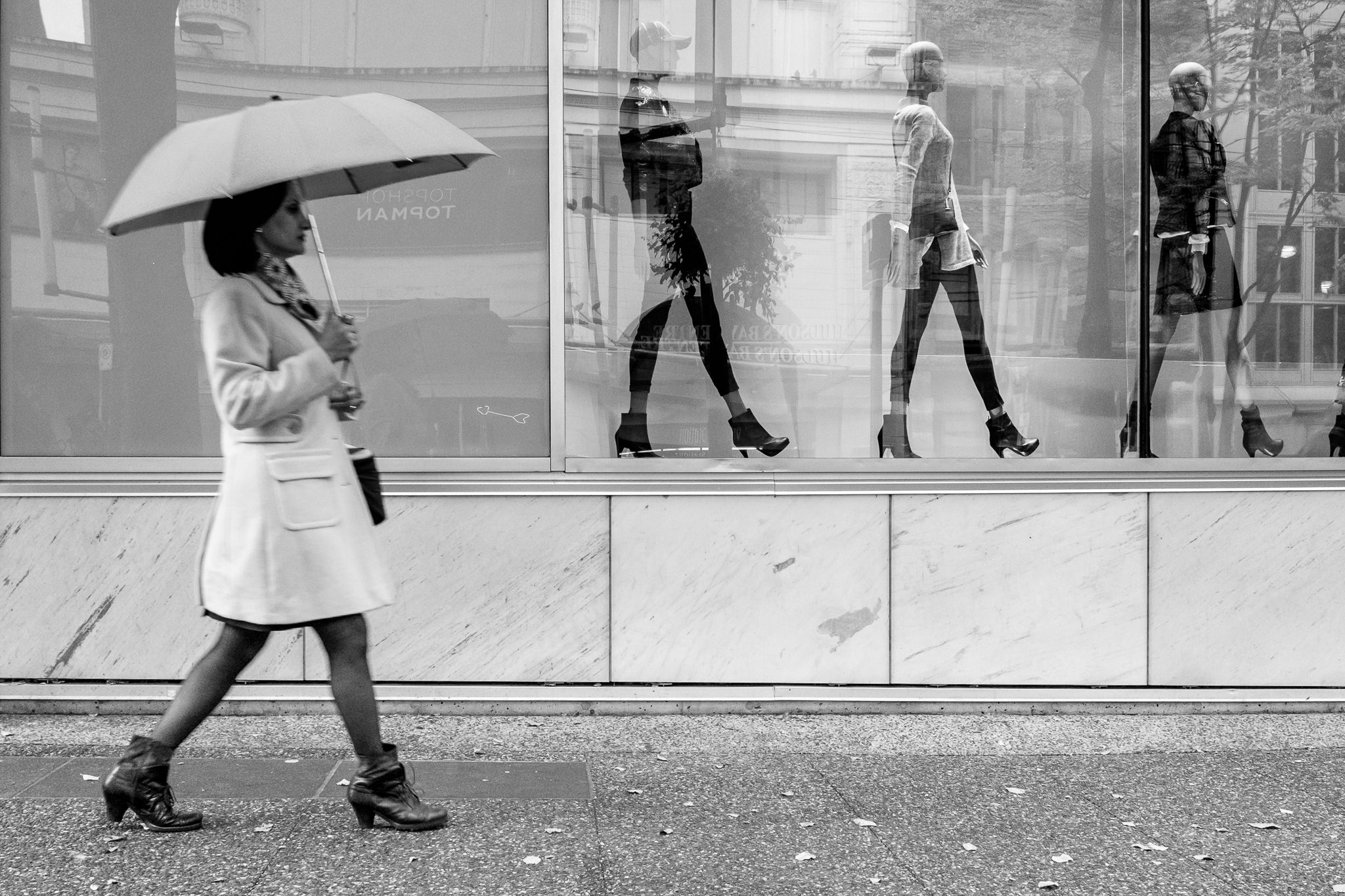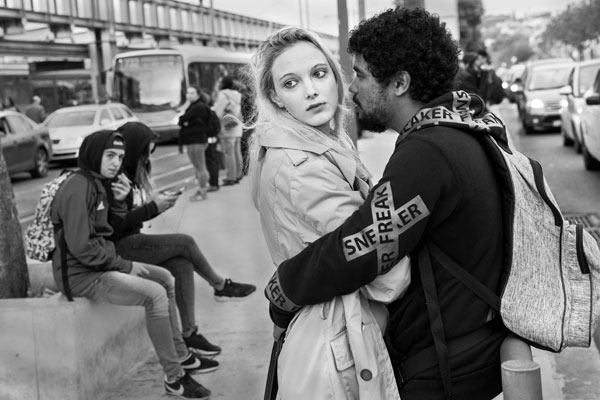4 Simple Techniques For Framing Streets
4 Simple Techniques For Framing Streets
Blog Article
The Main Principles Of Framing Streets
Table of ContentsWhat Does Framing Streets Do?See This Report about Framing StreetsIndicators on Framing Streets You Should KnowHow Framing Streets can Save You Time, Stress, and Money.A Biased View of Framing StreetsNot known Facts About Framing Streets
Photography style "Crufts Pet dog Show 1968" by Tony Ray-Jones Road photography (additionally in some cases called honest digital photography) is digital photography performed for art or questions that features unmediated possibility experiences and arbitrary occurrences within public places, usually with the aim of recording images at a decisive or emotional moment by careful framing and timing. 
, that was motivated to undertake a comparable documents of New York City. As the city developed, Atget aided to promote Parisian streets as a deserving subject for digital photography.

The Facts About Framing Streets Revealed
The chief Mass-Observationists were anthropologist Tom Harrisson in Bolton and poet Charles Madge pop over to this site in London, and their first record was generated as guide "May the Twelfth: Mass-Observation Day-Surveys 1937 by over 2 hundred observers" [] Home window cleaner at Kottbusser Tor, Berlin, by Elsa Thiemann c. 1946 The post-war French Humanist Institution professional photographers found their topics on the road or in the bistro. In between 1946 and 1957 Le Groupe des XV every year exhibited job of this kind. Andre Kertesz. Circus, Budapest, 19 May 1920 Street digital photography developed the major web content of two exhibits at the Museum of Modern Art (Mo, MA) in New york city curated by Edward Steichen, 5 French Professional Photographers: Brassai; Cartier-Bresson, Doisneau, Ronis, Izis in 1951 to 1952, and Post-war European Photography in 1953, which exported the idea of street digital photography globally.

The Facts About Framing Streets Revealed
, then a teacher of young kids, associated with Evans in 193839.'s 1958 publication,, was substantial; raw and frequently out of focus, Frank's images examined mainstream digital photography of the time, "tested all the formal rules laid down by Henri Cartier-Bresson and Pedestrian Evans" and "flew in the face of the wholesome pictorialism and heartfelt photojournalism of American magazines like LIFE and Time".
Report this page